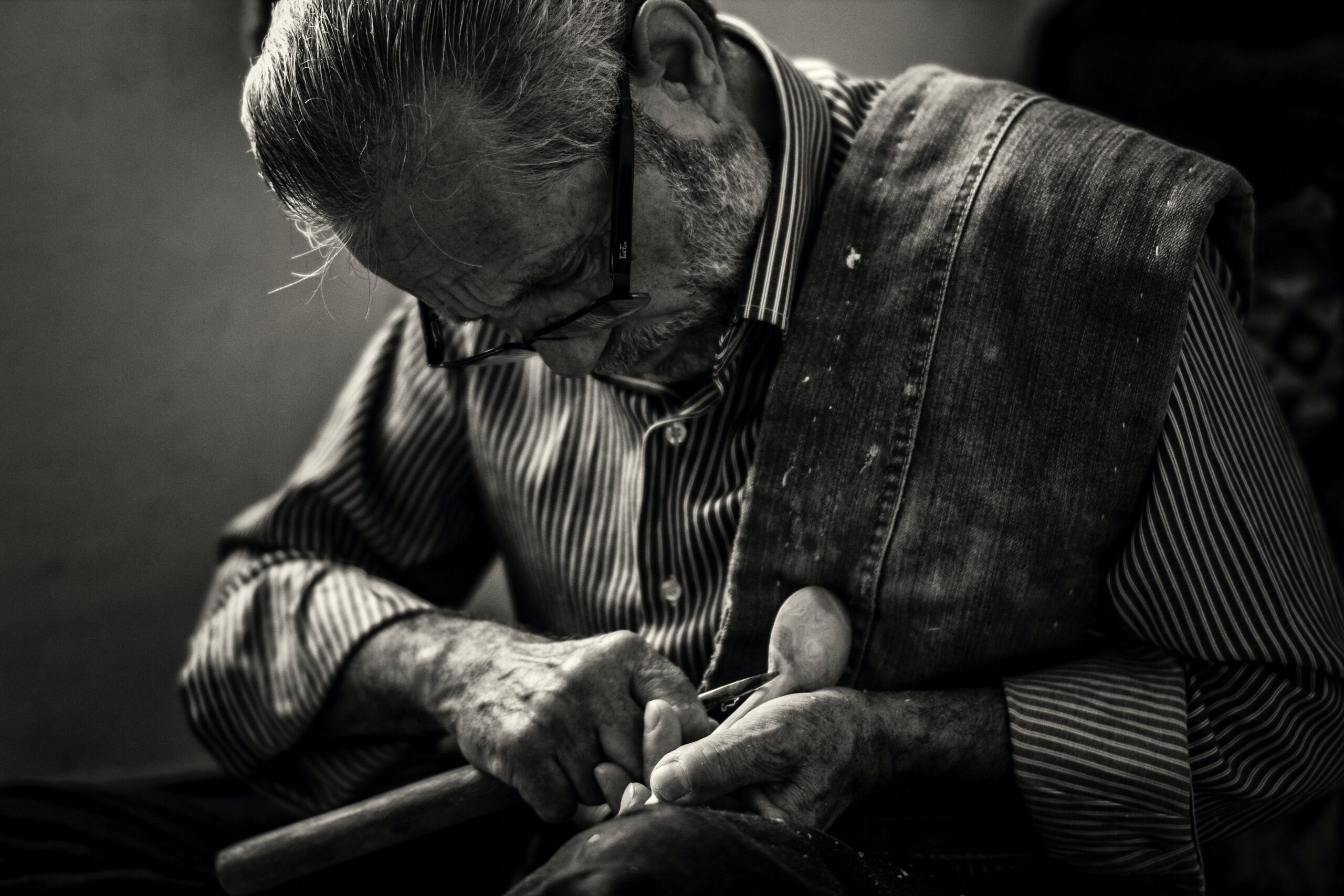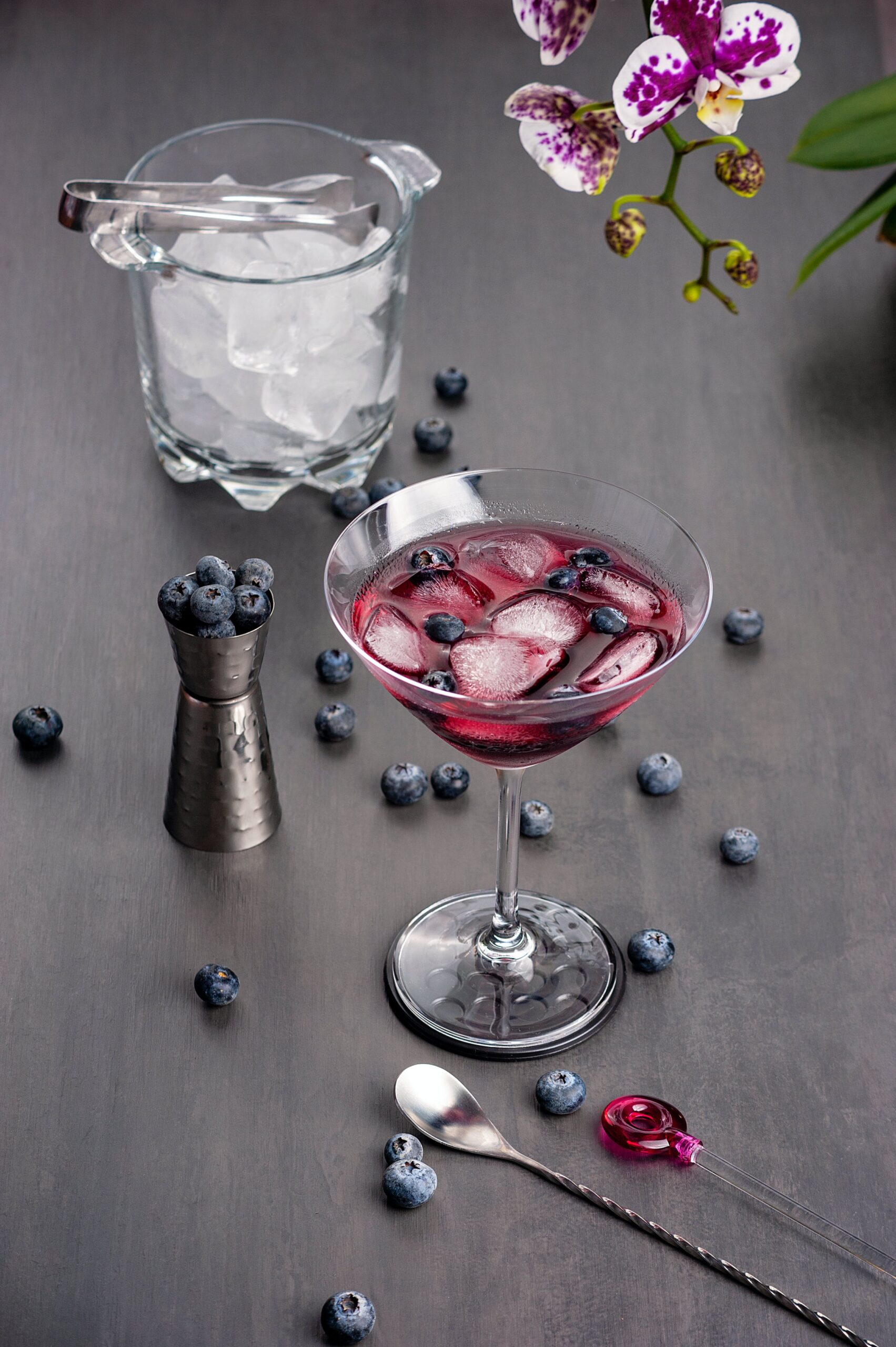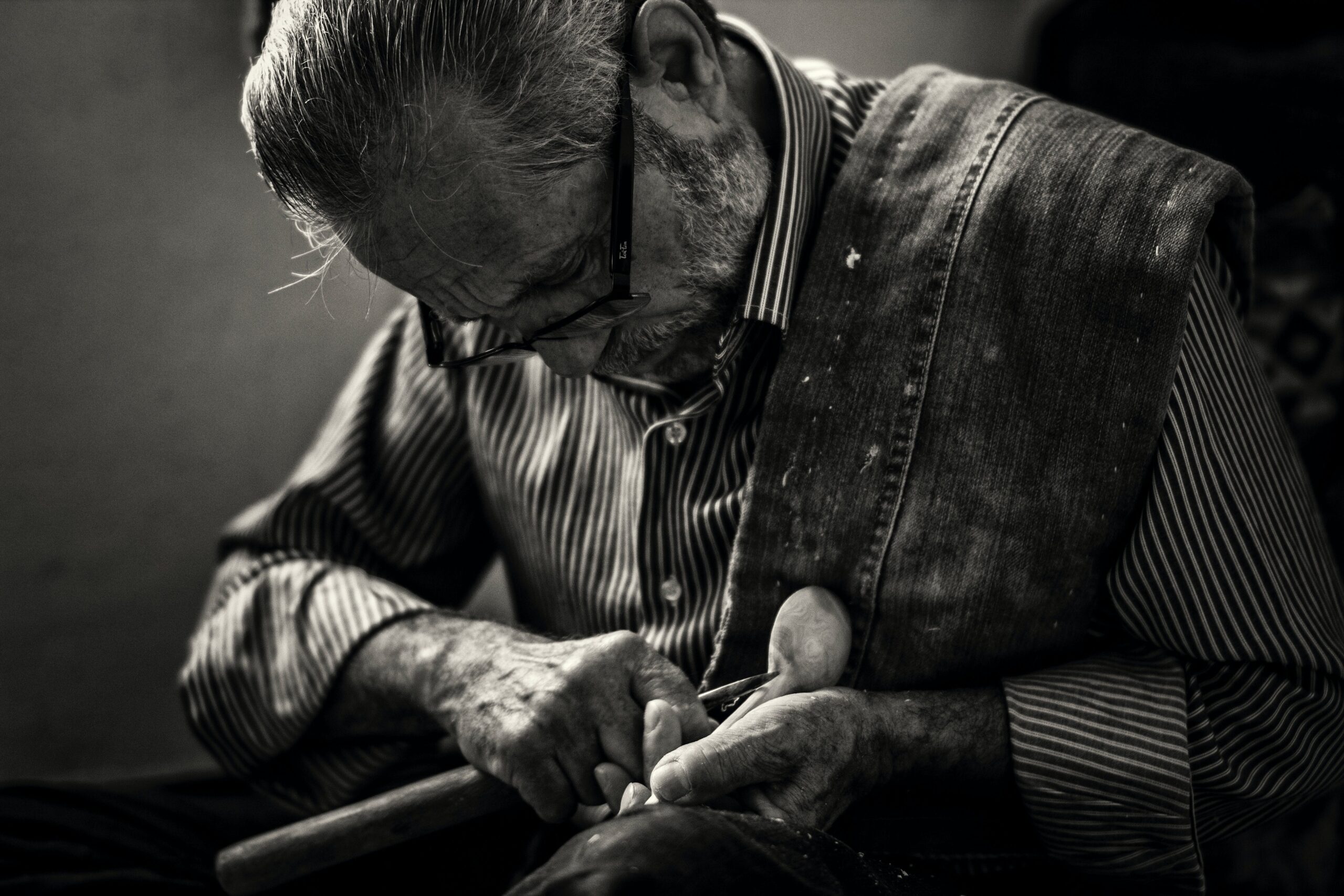Step into the fascinating world of craft distilleries and indulge in the artistry of artisanal spirits and cocktails. At Tastepan.com, we invite you to explore the global rise of these small-scale, independent distilleries that are redefining the drinks industry. Discover the intricate process behind the creation of unique spirits, infused with passion and innovation. From traditional distillation techniques rooted in history to innovative flavor combinations that push boundaries, embark on a sensory journey and elevate your appreciation of the diverse tapestry of flavors that make up our global food culture. Immerse yourself in the rich heritage of food and drink, and unlock a world of taste that transcends borders.

The History of Distilling
Ancient Origins
The history of distilling can be traced back to ancient times, with evidence of early distillation techniques in civilizations such as Mesopotamia and Egypt. Distillation was initially used primarily for the production of perfumes and medicinal remedies. The process involved heating a liquid to produce vapor, then cooling the vapor to collect the concentrated essence.
The Rise of Distilleries
As the centuries passed, distillation spread across different cultures and regions. In the Middle Ages, Arab alchemists made significant advancements in the distillation process, introducing new equipment and techniques. Distilleries began to emerge in Europe during the Renaissance, with the production of spirits like brandy and aqua vitae becoming more common.
Prohibition and its Effects
The early 20th century saw a significant setback for the distilling industry with the enactment of Prohibition in many countries, including the United States. Prohibition resulted in the closure of legal distilleries, driving the production of alcohol underground. This led to the rise of illicit distilleries and the production of lower-quality spirits. However, Prohibition ultimately paved the way for the craft distilling movement as it created a demand for high-quality, artisanal spirits once it was repealed.
What Are Craft Distilleries?
Defining Craft Distilleries
Craft distilleries, also known as micro-distilleries or boutique distilleries, are small-scale producers that focus on producing spirits in limited quantities using traditional methods. These distilleries prioritize quality, craftsmanship, and attention to detail in every aspect of their production, from sourcing ingredients to the distillation process. Craft distilleries often incorporate unique flavors, local ingredients, and experimental techniques to create distinctive spirits.
Differentiating Craft Distilleries from Commercial Ones
Craft distilleries differ from large-scale commercial distilleries in various ways. While commercial distilleries often prioritize efficiency and mass production, craft distilleries prioritize quality and specialization. Craft distilleries tend to have a greater emphasis on artisanal techniques, small-batch production, and a focus on the unique characteristics of their products. They also often have a close connection to their local communities and strive to create a personalized experience for their customers.

The Craft Spirits Movement
Origins of the Movement
The craft spirits movement gained momentum in the late 20th century as consumers began seeking unique, handcrafted alternatives to mass-produced spirits. The movement was fueled by a desire for more authentic, flavorful drinks and a return to traditional distilling methods. Small, independent distilleries started to emerge, offering a wide range of spirits, including whiskey, gin, vodka, and rum, that appealed to a growing audience of discerning drinkers.
The Philosophy of Craft Spirits
Craft distilleries embody a philosophy that goes beyond simply producing spirits. They prioritize transparency, sustainability, and creativity in their practices. Craft distillers often partner with local farmers and suppliers to source high-quality, locally grown ingredients. They strive to minimize waste, utilize sustainable production methods, and give back to their communities. The focus on craftsmanship and attention to detail creates a unique and memorable drinking experience.
Economic Impact
Job Creation
Craft distilleries have had a significant impact on job creation, particularly in local communities. These small-scale producers often require a range of skilled workers, including distillers, salespeople, tour guides, and marketing professionals. By creating employment opportunities, craft distilleries contribute to the growth and vitality of their respective regions.
Revitalizing Communities
Craft distilleries also have the power to revitalize communities that may have experienced economic decline or neglect. By opening tasting rooms, offering tours, and hosting events, craft distilleries become attractive destinations for tourists and locals alike. These establishments attract visitors to the area, positively impacting other local businesses such as restaurants, hotels, and shops.
Supporting Local Agriculture
Craft distilleries are known for their commitment to using locally sourced ingredients, which helps support local agriculture. By partnering with local farmers and suppliers, craft distilleries contribute to the stability of the agricultural sector and help preserve traditional farming practices. This collaboration often leads to the discovery and utilization of unique, regional ingredients, showcasing the diversity and flavors of a particular area.

Global Trends
Craft Distilleries in Europe
Craft distilleries have experienced a resurgence in Europe, with countries like Scotland, Ireland, and France known for their long-standing traditions in distilling. These countries have seen a wave of new craft distilleries emerging, offering unique twists on traditional spirits such as whisky, gin, and brandy. The craft distilling movement in Europe has not only revitalized the industry but has also helped preserve and promote traditional distilling methods.
Craft Distilleries in the Americas
The craft spirits movement has gained significant traction in the Americas, particularly in the United States and Canada. The United States now has thousands of craft distilleries, each showcasing its own regional specialties and flavors. Craft distilleries in the Americas have embraced a wide range of spirits, including bourbon, rye whiskey, tequila, and agave spirits. These distilleries have become destinations for spirit enthusiasts, offering unique tasting experiences and the opportunity to learn about the distillation process firsthand.
Craft Distilleries in Asia
Asia has also seen a rise in craft distilleries, particularly in countries like Japan and India. Japanese craft distilleries have gained international recognition for their high-quality whisky, which rivals the traditional Scotch whisky. Craft distilleries in Asia often combine traditional Asian ingredients and techniques with modern distilling practices, creating an exciting fusion of flavors and craftsmanship.
Unique Ingredients and Techniques
Exploring Local Flavors
Craft distilleries take pride in using local ingredients to create spirits that capture the essence of a specific region. These distilleries are constantly exploring and experimenting with unique flavors, incorporating local botanicals, fruits, and grains into their spirits. By doing so, they offer customers a taste of the terroir and cultural heritage of the area, providing a truly unique drinking experience.
Special Distillation Methods
Craft distilleries often employ special distillation methods to enhance the flavors and quality of their spirits. These methods may include pot distillation, vacuum distillation, or aging the spirits in unique types of casks or barrels. By embracing these techniques, craft distilleries can produce spirits with complex flavors and aromas that distinguish them from mass-produced alternatives.
Craft Cocktails
The Evolution of Cocktails
Craft distilleries are deeply intertwined with the evolution of cocktails. The rise of the craft spirits movement has sparked a renaissance in cocktail culture, with bartenders and mixologists experimenting with unique spirits, flavors, and techniques. Craft distilleries provide bartenders with a diverse range of artisanal spirits, enabling them to create innovative and complex cocktails that reflect the craftsmanship and quality of the spirits.
Craft Cocktail Bars and Mixologists
Craft distilleries have inspired the creation of craft cocktail bars, where skilled mixologists showcase their creativity and expertise. These bars prioritize using premium, handcrafted spirits as the foundation for their cocktails. Mixologists experiment with flavors, textures, and presentation, often incorporating locally sourced ingredients and drawing inspiration from the craft distilling process. Craft cocktail bars have become popular destinations for cocktail enthusiasts looking for a refined and personalized drinking experience.
Sustainability and Locally Sourced Ingredients
Reducing Carbon Footprint
Craft distilleries often prioritize sustainability by implementing eco-friendly practices to reduce their carbon footprint. They may invest in energy-efficient equipment, utilize renewable energy sources, or recycle waste products. By adopting sustainable practices, craft distilleries strive to minimize their environmental impact and contribute to a more sustainable future.
Supporting Sustainable Agriculture
Craft distilleries play a crucial role in supporting sustainable agriculture by partnering with local farmers and using locally sourced ingredients. By prioritizing the use of organic or sustainably grown grains, fruits, and botanicals, craft distilleries promote environmentally friendly farming methods. This partnership ensures a reliable supply of high-quality ingredients while supporting the long-term health and viability of local agricultural communities.
Challenges and Regulations
Regulatory Hurdles
Craft distilleries often face regulatory challenges, as the laws and regulations surrounding the production and distribution of spirits can be complex and vary from country to country. These regulations may dictate aspects such as licensing, labeling, production limits, or the types of ingredients that can be used. Navigating these hurdles requires extensive knowledge and resources, often posing a significant barrier to entry for aspiring craft distillers.
Competition from Established Brands
Craft distilleries also face competition from established brands that have dominated the spirits industry for years. These brands often benefit from widespread distribution networks, well-established reputations, and substantial marketing budgets. Despite these challenges, craft distilleries have been able to carve out a niche within the market by offering unique, high-quality products that attract consumers seeking something different and more artisanal.
Consumer Demand and the Future
Growing Popularity and Market Demand
Craft distilleries have seen a surge in popularity over the past few decades, driven by consumers’ increasing desire for unique, artisanal spirits. Many consumers appreciate the attention to detail, craftsmanship, and local focus that craft distilleries offer. As consumer tastes continue to evolve, craft distilleries are well-positioned to meet the demand for high-quality, handcrafted spirits.
Innovation and Expansion
The future of craft distilleries looks promising, with continued innovation and expansion on the horizon. Craft distilleries are continuously experimenting with new flavors, production techniques, and collaborations, pushing the boundaries of what is possible within the realm of artisanal spirits. As the craft spirits movement continues to grow, craft distilleries will play a vital role in shaping the future of the distilling industry, embracing tradition while pushing boundaries with their creativity and dedication to craftsmanship.

